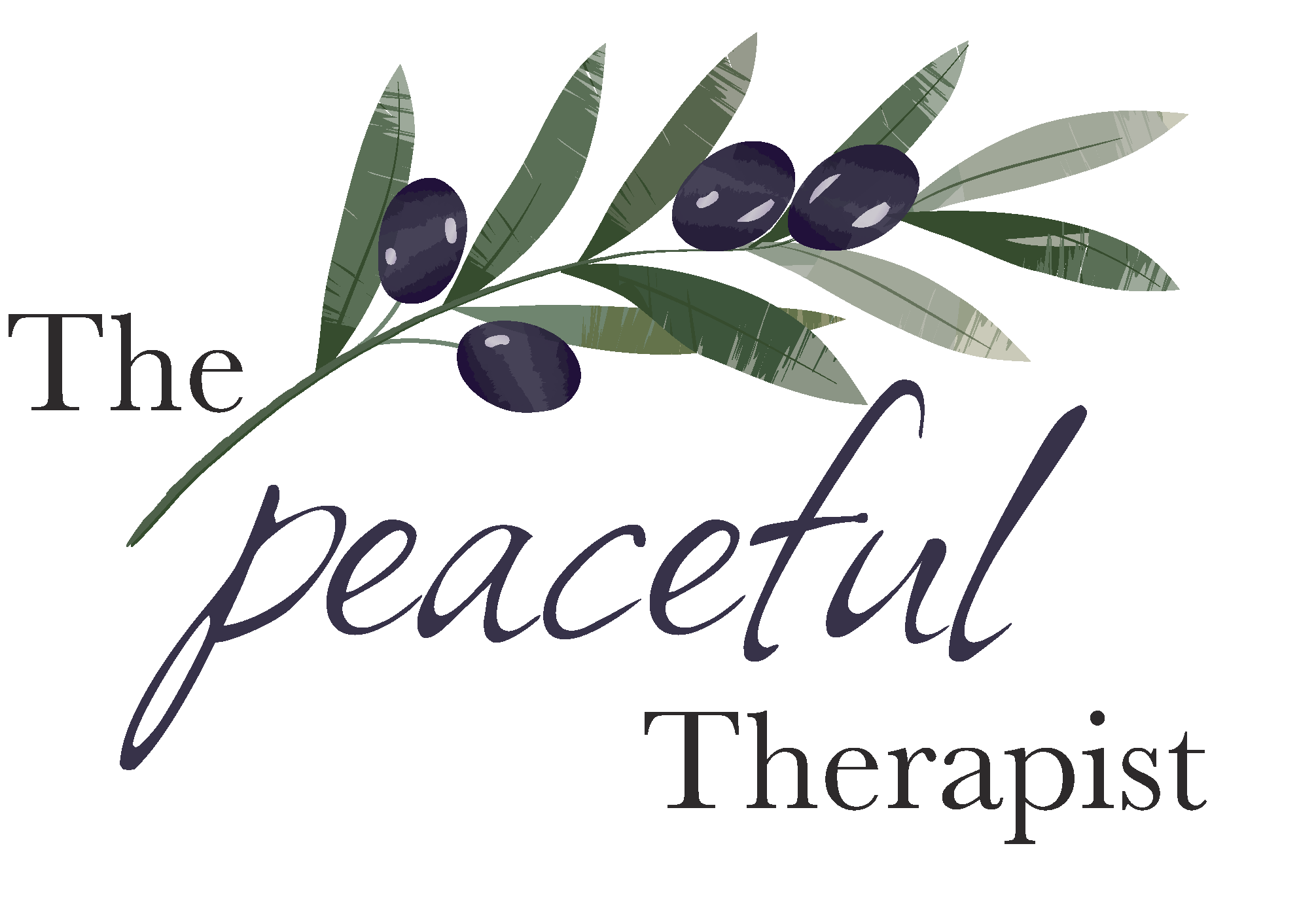So many people experience anxiety. There’s so much going on in today’s world – from hectic schedules, to social media and news, to the pandemic… it’s no wonder people feel overwhelmed. Mindfulness can be an incredibly powerful tool to help you manage your anxiety and feel better.
What Causes Anxiety?
Feeling anxious happens when you let thoughts take over. These thoughts are usually in some form of fearing something or wanting something. We can use thought to plan, make decisions, and take action, but anxiety happens when we don’t let go of worrisome thoughts. Anxiety comes from our thoughts – the way we are perceiving and processing what’s going on outside of us. Anxiety is not what is happening externally, whether it’s a relationship, the news, or your job. It is the way we think about those things. When we feel anxious, it’s because we don’t let go of troubling thoughts.
What is Mindfulness?
It’s a common misbelief to think that you can’t control your thoughts. But you can. Once we become aware of our thoughts, we can choose mindfulness. Mindfulness is the practice of staying away from thought and being fully aware. It’s pure observation. It is a conscious awareness of everything outside and inside of you, without having thoughts about it. Mindfulness is shifting your attention from constant thinking and worrying to your five senses. Gently place your attention on what you see, hear, taste, smell, and feel without thought. You don’t need thought to become aware of what you are sensing. Just notice it without thought.
How Mindfulness Reduces Anxiety
When thoughts go unchecked, it causes pain. We don’t have to think 100% of the time. When we need to think, we can actively make the decision to think and not let our thoughts control us. This ability to put thoughts aside and be in a state of awareness reduces anxiety, since we now know that anxiety is caused by intrusive thoughts that lead to emotional pain. Mindfulness allows you to be aware of your thoughts without getting pulled in by them.
Practice mindfulness before you are anxious. It’s easier to practice mindfulness when you’re not in an anxious state, and then when you are feeling anxious, you are prepared and have practiced so it’s easy to reduce your anxiety.
4 Easy Ways to Incorporate Mindfulness Into Your Everyday Routine
Tap into your 5 senses: what do you see, hear, taste, smell, and feel? When we place our attention completely on the senses and NOT on thinking, it keeps us balanced, centered, and reduces anxiety. Remember, thought is not a sense. Put aside your thoughts and be in a state of awareness. Try not to think, “I can feel this,” “This tastes like this,” “I see that.” That is still thinking. If you become aware that you are thinking, you have the choice to keep thinking, which can lead to intrusive thoughts that cause anxiety, or to shift your awareness back to mindfulness of what you are observing. When we become aware you can choose to not think and be mindful instead. It’s powerful.
Easy ways to incorporate mindfulness into your day…even with a busy schedule!
- Take 2 or 3 conscious breaths whenever you become aware of mindfulness or thoughts that are creating some form of unhappiness. A conscious breath is not necessarily a deep breath, it’s awareness of the breath. Keep your attention fully on the breath as it enters the nostrils and as it exits through your mouth. Notice the pause at the end of exhalation breath. Doing this many times during the day will help to keep you centered and balanced.
- Look around. Just look – notice what you’re really looking at and just listen. Look out the window – look at the tree. Or if there isn’t a window near you, look at something inside – a vase, plant, or bowl of fruit. Let your gaze shift slowly so you can fully pay attention to what you see. Don’t have a thought about it – just be aware and observe.
- Take a moment to listen. What do you hear? Birds? The hum of an air conditioner? Silence? Listen to whatever you hear and keep your attention there. If you are thinking, “I hear this…” or “That sounds like that,” those are thoughts. Just be aware of what you are listening to without thinking about it.
- Eating. Before you begin to eat, take 2 or 3 conscious breaths. Then be fully aware of the taste, feel, and texture of the food. Be aware that your hand is picking up the fork, your arm is moving it to your mouth. We are so used to mindlessly eating while our brains are thinking non-stop about other things. Be aware of the whole process of eating. As soon as attention goes somewhere else, thought comes back in and we get dragged along with it. When you become aware that your thoughts took over, bring back your awareness to your food and what you are physically doing while you eat.
You Can Choose Inner Peace Over Anxiety
The more you practice mindfulness, the easier it is to let go of thoughts. You can have a quiet mind at will. When you choose to have a quiet mind you will no longer have anxiety. Be still. Realize your oneness with life and allow a whole new world to open up for you. When you suffer from anxiety, having a still mind is the best gift you can give yourself.

